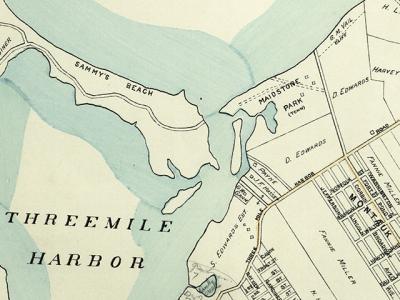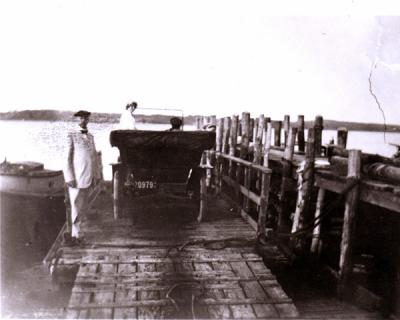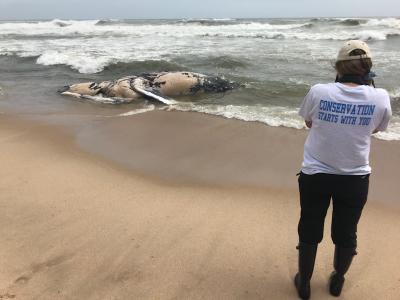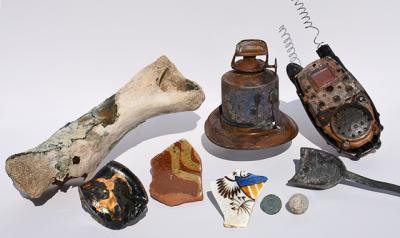Two More Months of Roundabout Work
Two More Months of Roundabout Work
The roundabout being constructed at the intersection of Route 114 and Buell and Toilsome Lanes in East Hampton Village will not be finished until early fall, Becky Molinaro Hansen, the village administrator, said last week. “Each day they work, they get more done and they take more cones away,” she said, referring to the road crews and the orange markers delineating areas still under construction.
The final phase of the project, which entails the installation of the center island, curbs, sidewalks, light poles, signs, and fixtures, began in early March and was expected to be finished before Memorial Day weekend, but on May 9, Drew Bennett, the engineer overseeing the construction, informed the village board that bad and wintry weather lasting well into spring had delayed that timetable.
Mr. Bennett estimated at the time that the remainder of the work, including the installation of curbs and sidewalks, would be done prior to June 21, but added “this will be a challenging deadline for this piece of work. Therefore, this target completion date could shift out.”
Plans for the roundabout first began to take shape in 2014, after the village received a $700,000 New York State Community Capital Assistance program grant to fund the project. Since part of the work is on property controlled by the state’s Department of Transportation, the D.O.T. needed to grant a work permit before construction could begin. The permit was issued in September, and excavation and drainage structure installation began on Oct. 19. The village originally hoped to have the roundabout finished by the end of last year, but that was undone by a series of unexpected delays during the first phase of construction.
The removal of a utility pole on Toilsome Lane was completed by PSEG Long Island in October, one month behind schedule. The Suffolk County Water Authority’s installation of several hundred feet of new main at the intersection also finished a month later than expected. National Grid replaced a gas main by Labor Day 2017, but house connections to the new main and the abandonment of the old one were not completed until Nov. 17. Potholes resulting from that work worsened the delay as the road then required interim repairs.
Phase two of the project occurred off- site over the winter with the fabrication of granite and concrete curbs for the circle and its splitter islands.
While crews and safety barrels are still prevalent on the site, Ms. Hansen said the village is being vigilant to reduce construction’s impact on the flow of vehicles through the intersection. “Week to week, we make decisions about the amount of work that can be done given the traffic situation,” she said.








